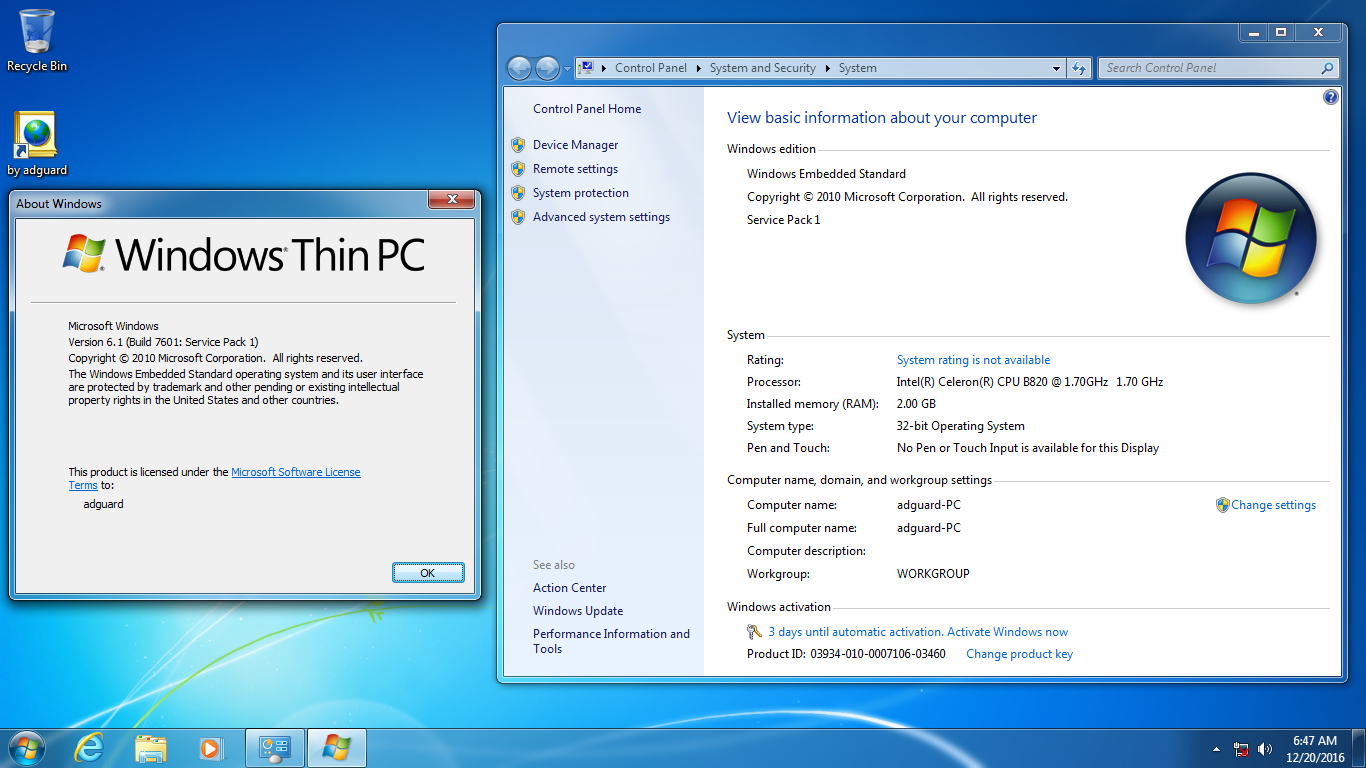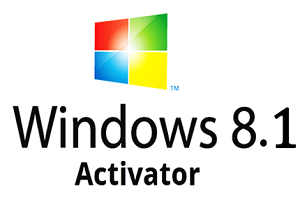
Windows 7 Thin Pc X64 S
When I wrote a few weeks ago about the possibility of using Windows XP as a RemoteFX client, I also mentioned that Microsoft has suggested that Windows Thin PC would alleviate the need to run Windows XP. So, I carved out some time last week and sat down with Thin PC to take a look. It turns out that while I love Thin PC, it doesn't love me back. To be fair I've been using a beta, so if something changes between now and the release, I'll be sure to circle back and take another look.
If you'd like to experience your own love/hate relationship, you can join the beta here. It's a great experience, for sure, but it leaves a little to be desired in the end. Read on for my take.
Love it
Windows 7 Super Lite Edition x64 2017 is the best 'LITE' version based on the Original Microsoft Windows 7 Ultimate SP1 64bit. Since this version is stripped almost to the maximum, many things aren't available. Keep that in mind when asking questions! Not activated - use Activator from the link bellow! Creating a Windows ThinPC Thin Client I have spent some time researching windows Thin PC Thin Clients. My self and a colleague Chris Shaw came up with a solution that loads a RDP file from the root directory (C: ).
It looks like Windows 7. In fact, I built a Windows 7 box alongside my Thin PC box to compare them, and I regularly mistook one for the other until I changed the backgrounds. Even Aero Glass works!
Hates me
There's no ability to add features or install things like Microsoft Security Essentials. Maybe in the future MSE will work, but currently you're told that it is an unsupported OS. Also, the Start Menu search capability is gone. All by itself that's not a big deal, but I did get used to it. Ultimately, you won't need it. Read on to find out why.
Love it
Most apps I installed (spare MSE) went in without a problem. Since I use my Windows 7 VMware Fusion VM almost exclusively for Visio, I installed that first. Then I tacked on Office 2010, Flash, Google Chrome, and Acrobat Reader for good measure. Everything works just fine. I'm even thinking about using ThinPC as my full-time VM (in an experimental capacity, of course).
Hates me
Absolutely none of these apps are allowed to be installed on Thin PC. According to the WinTPC FAQ:
…you can only run applications that fall into the following categories:
Re-Loader activator, which activates all versions and editions of windows 8.1 with any localization, and activation stays after updates installation. Re-Loader Activator 3 is fully packed well automated activator – the best choice for windows 8/10/7 and even XP and windows server versions, as so for office 2010/2013/2016. Windows 8.1 Loader by DAZ thus seems like the best option to acquire Windows 8.1 as it is completely free and easy to use. All you have to do is follow the instructions presented below. Windows 8.1 activator has proved on multiple occasions that it is the best Windows 8.1 Activator on the market.  Windows 8.1 Activator. Windows 8.1 Activator software is another awesome software created by the company of Microsoft. The main task this software does is to activate the operating system of Windows 8.1. What prompted them to create this is as a result of trying to bypass the use of product key in the process.
Windows 8.1 Activator. Windows 8.1 Activator software is another awesome software created by the company of Microsoft. The main task this software does is to activate the operating system of Windows 8.1. What prompted them to create this is as a result of trying to bypass the use of product key in the process.
- Remote desktop clients
- Management
- Security
- Media Players
However, you cannot run any productivity applications, such as Microsoft Office and similar applications.

Actually, maybe I can use Flash, since I primarily use that for screwing around (definitely not being productive).
Love it
Since it's pretty much real Windows, it seems just as manageable as real Windows. Plus, the write filters seem pretty comprehensive (sector-level or file-level). I can really see this being useful. I've heard of people running in to road blocks when trying to automate deployment
Hates me
Not being allowed to run productivity apps baffles me (especially when you can install them and use them just fine). I think it's so crazy that I'm mentioning it twice.
Love it
While you do need SA to run Windows Thin PC, you can get SA by purchasing VDA for your device, rather than needing to have every device in your organization participating in SA.
Hates me
…except that to qualify for VDA, you must already have purchased a Professional / Business, Enterprise, or Ultimate license for that device (which you're going to replace with Thin PC). So it's not just $100/yr, it's $200 for the OS, plus $100/yr. There's some additional confusion here, too. Does Windows XP Professional qualify since it's a 'Professional' level client OS, or does that only apply to Windows Vista (forgot about Vista for a second) or Windows 7 and up? Hopefully someone can answer that.
Also, this means that there is a group of customers out there using RemoteFX on Windows Server 2008 R2 SP1 that won't be able to use Thin PC because they don't need to buy SA or VDA. If all you need is an RDS CAL to connect to Windows Server 2008 R2 SP1, why should you have to buy VDA to get Thin PC?
Love it
The footprint is so small compared to Windows 7. Thin PC weighs in at a svelte 2.8 GB, whereas a default Windows 7 install tips the scales at 6.8 GB! That's right - There is 4GB of extra stuff in Windows 7 that has little to do with the fundamental OS. That's not a bad thing, since the overall experience and purpose of these operating systems is different, but it is interesting.
Hates me
Some of the stuff that was pulled out is useful! There are no codecs installed by default, so Media Player isn't exceptionally useful (you can install codecs, and this is presumably allowed since Media Player is on the list of allowed apps), and the aforementioned Start Menu search feature has been removed to save space.
Wrap-up
Thin PC just looks so promising, but the fact that its use is restricted to only remote desktop connections, management, security, and media players means that I just don't love it. Some people will argue that what I'm looking for isn't a thin client at all, and while that may not be true in a traditional sense, I still maintain that it would be useful to have an OS like Thin PC (without said restrictions) available for organizations to use.
Now, on to the root topic that started this discussion (at least for me). Windows XP can be made to run RemoteFX sessions. It would be unsupported, and it would probably make the lawyers in your organization cringe (if you tell them), but with that method you'll be able to install apps locally and access them remotely, use older hardware that may not run Win 7, and manage them as you would ThinPC. You can still lock down the user interface and add write filters, but you'd have all the flexibility you need until application support on XP forces you to upgrade (that's coming soon, I'm sure). Plus, if you're accessing Remote Desktop Services on Windows Server 2008 R2 SP1, you'd only need an RDS CAL and not VDA (which you'd have to have to be entitled to ThinPC), so it's almost a no-brainer!
There were some comments in the last article I wrote about how much you are able to do with ThinPC, and I have to agree…it's pretty amazing. The problem is that you're not allowed to do most of those things, and that's too bad. We've learned that customers are more than willing to ignore Microsoft's stance on IE6 virtualization if the end solution addresses their needs. I wonder if we'll see the same thing here.